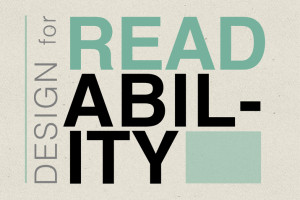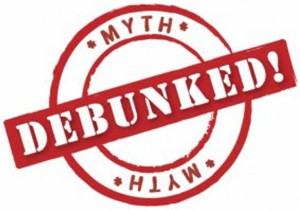It’s a Christmas tradition across Canada and the United States. Volunteers ring the bells beside Salvation Army Kettles at stores and malls to raise funds to help the needy.
Most of the donations are small, a handful of change or a few dollars. But every year there are heart-warming stories of more generous contributions dropped into the kettles. Scratch-off lottery tickets are commonly dropped into the kettles, usually these are worth $10 or $20.
Sometimes a generous donor drops in a gold coin, worth well more than its face value.
 This year, someone dropped a winning $1,000 lottery ticket into a Salvation Army kettle at an Erie, Pennsylvania, Walmart store.
This year, someone dropped a winning $1,000 lottery ticket into a Salvation Army kettle at an Erie, Pennsylvania, Walmart store.
“The Christmas season often brings out the best in people,” said Lottery Executive Director Drew Svitko. “It’s heartwarming to hear stories such as this one, and I applaud this anonymous winner for turning their good fortune into an act of charity that will benefit the community.”
Leslie Walter of the Salvation Army in Erie said scratch-off donations are nothing new, but one this sizeable is almost unheard of. “We’ve received donations of winning instant tickets in the past, but they’re usually in an amount of $10 or $20 – never something of this size,” said Walter. “We are very grateful for this generous donation, which will help us to serve people and families in need.”
Last year, a Minnesota couple made a $500,000 donation to the Salvation Army, saying they had endured hard times and wanted to help others facing dark days during the holiday season. The donors, who wished to remain anonymous, dropped the half-a-million-dollar check into one of the charity’s red kettles, setting a Minneapolis record for a single donation to the Salvation Army.
Whatever you can spare will be appreciated and put to good use in your community. Help the Salvation Army help your community. Give generously.








